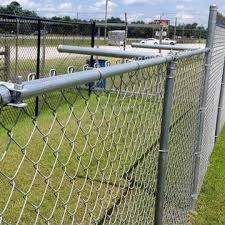Understanding Wildlife Live Traps A Guide for Nature Enthusiasts
Wildlife live traps are essential tools for managing and studying animal populations in various environments. These traps allow for the humane capture of animals without causing them harm, making them a preferred choice for wildlife researchers, conservationists, and those dealing with nuisance wildlife in urban areas. This article delves into the functionality, types, and ethical considerations surrounding the use of live traps.
At their core, wildlife live traps are designed to securely capture animals while ensuring their safety
. Unlike traditional traps that can cause injury or even death, live traps usually consist of a cage with a trigger mechanism that captures the animal when it enters to access food bait inside. The design is typically simple yet effective, allowing for the safe confinement of animals such as raccoons, squirrels, and even larger mammals like foxes.There are several types of wildlife live traps available on the market, each tailored for specific species or situations. The most common types include box traps, tube traps, and soft nets. Box traps are typically rectangular and are effective for a wide range of medium-sized animals. Tube traps, on the other hand, are cylindrical and are ideal for narrow spaces, making them perfect for capturing animals that might dwell in burrows or tunnels. Soft nets can be used to catch birds or small mammals and are usually deployed for catch-and-release purposes.
wildlife live traps

Utilizing live traps poses ethical considerations that wildlife enthusiasts and professionals must bear in mind. First and foremost, it is crucial to check traps regularly to minimize stress for the captured animals. Leaving animals in traps for extended periods can lead to suffering and even death due to exposure or dehydration. Furthermore, it is essential to understand the local laws and regulations regarding trapping, as some species may be protected or require special permits for capture.
The humane aspect of live trapping extends beyond the act of capture. After an animal is caught, it is vital to release it in a suitable habitat far enough from human dwellings to prevent it from returning. Proper handling during the release process is equally important to avoid injury to both the animal and the handler.
Wildlife live traps serve not only as tools for population control but also as instruments for educational opportunities. By capturing animals temporarily, researchers can study their behavior, health, and other ecological parameters, contributing valuable data to the field of wildlife conservation.
In conclusion, wildlife live traps are valuable devices that facilitate the humane capture and study of wildlife. When used responsibly and ethically, they can support conservation efforts and help human beings coexist more peacefully with the animal kingdom. Whether you are a researcher, a wildlife enthusiast, or someone needing to manage local wildlife, understanding and utilizing live traps responsibly is crucial for both animal welfare and ecological health.
















